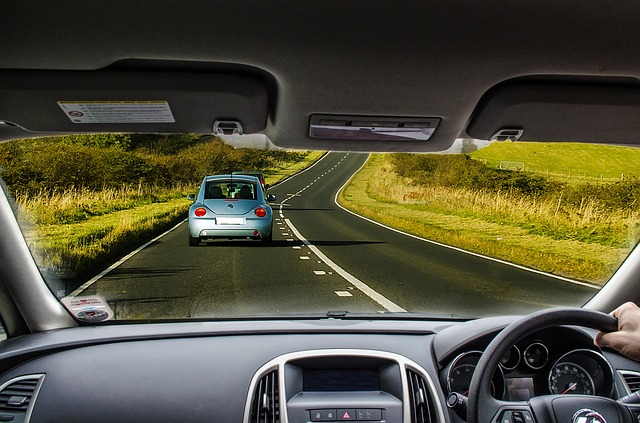
This type of driver training appears to have originated in the United Kingdom around a decade ago. Recently there’s been a quite a bit of discussion online about intensive driving courses in Australia. UK expats often ask about the availability of such courses in Australia.
What is an Intensive Driving Course?
An intensive driving course is usually a 5 day or 1 week crash course which offers a short turnaround between beginning driver training and completing a practical driving test. This is an attractive proposition to many young drivers who wish to save money on driving lessons and get that coveted driver’s licence as quickly as possible. Typically the first lesson and practical driving test occurs in the same week. Around 30 hours of driver training are offered over this period.
Intensive Driving Course vs Advanced driving course
Advanced driving courses require a prerequisite of drivers who have already passed their practical driving test. They focus on refinement of road skills and may otherwise be known as defensive driving courses. Typically these involve a single practical session of 3 hours or more which some may class as intensive. An advanced driving course is not to be confused with an intensive driving course.
Do Intensive Driving Courses work?
A better question might be; as a result of completing an intensive driving course, is it possible to pass your practical driving test? The answer is of course yes. There is evidence a percentage of students do pass their tests after attending intensive driving courses. We don’t have any data to suggest this is a higher or lower percentage than those whom attend a more even paced style of driver education. There is plenty of anecdotal evidence out there based on the UK experience that many drivers do fail their practical test the first time after taking an intensive driving course.
Do Intensive Driving Courses make a safer, more competent driver?
Again, this is highly subjective however our advice is the more driving hours experience you have under more varied conditions, the safer driver you’ll be. Varied conditions may be road, weather, time of day or driving in a different vehicle. They all prepare inexperienced drivers for handling real life situations a licensed driver is faced with on a daily basis. Intensive driving courses typically don’t provide the varied conditions necessary given their short time-frame. They may make some student drivers more focused for passing their practical test but it really depends on the individual whether they’re able to absorb and master all the skills necessary in this period. Learning to drive, especially for absolute beginners can be extremely fatiguing due to the volume of skills and senses being engaged.
Can you take an Intensive Driving Course in South Australia?
In South Australia, whether you choose the Vehicle On Road Test option or the Competency Based Training Course route, you are required to have at least 75 hours of driving logged including 15 hours of night driving before you can qualify for a P1 provisional driving licence. Due to this regulation, there doesn’t appear any chance of UK style intensive driving courses being available in South Australia any time soon. That doesn’t mean that driving schools won’t market “Intensive Driving Courses” as a means to generate customers in the future. Even with the limitation of having to complete 75 hours of logged supervised driving there still exists the opportunity to offer crash courses over a period of 2-3 weeks.
Are Intensive Driving Courses worth it?
Intensive driving courses are a marketing tactic for driving schools to attract impatient students who are looking to save time and money on their driver education experience.
It really depends on the individual and what we're measuring by asking if these courses are worth it. Some students thrive under pressure and an intense period of learning may suit their personality. The convenience of a short turn around from beginning driver training to scheduling a practical driving test may be attractive to some. Older students who may not have access to a parent to supervise their early training may also find an intensive driving course suitable. Most students however will likely prefer additional time to consolidate what they've learned in each driving lesson.
Inherent risks are involved by placing beginner students under extreme pressure and rushing through a course - even in 2 to 3 weeks. A practical driving test throws up all kinds of variables students may not have had time to experience in a short term period of training.
We recommend a more steady approach to driver training for safety and long term results. Certainly in the case of students who have already received a sufficient amount of informal training with a family member or friend, then a more formalised finishing course of 5 lessons or more may make sense. However. we wouldn't classify this as intensive unless those 5 lessons were taken on the same day!
I can help you pass your VORT!